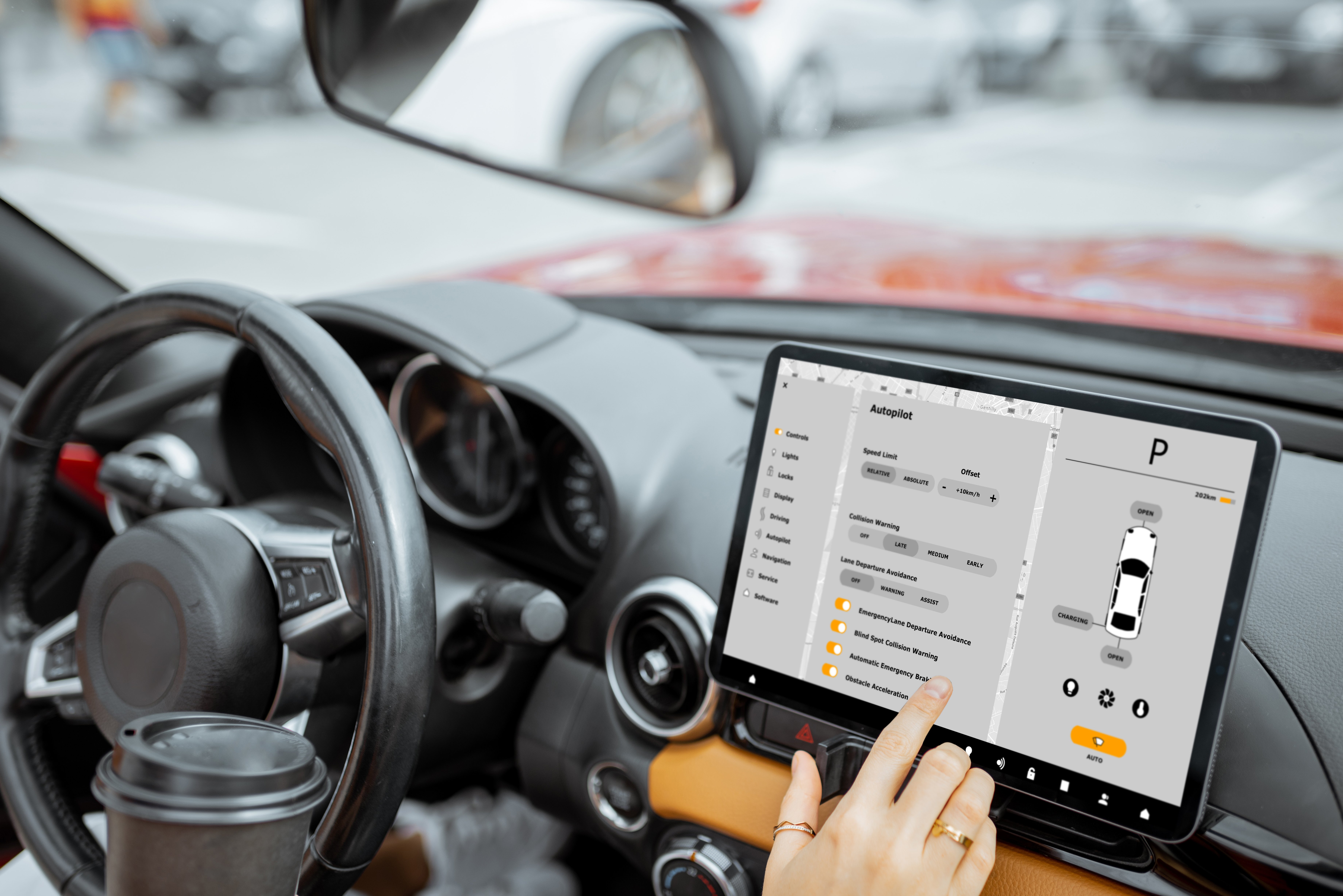Human-Machine Interface (HMI) plays a pivotal role in bridging the gap between humans and machines. As our interactions with complex systems evolve, so does the landscape of HMI, offering a diverse range of interfaces tailored to different needs and contexts. We can separate the various types of HMI into the following main categories.
The Five Main Categories of HMI
Touchscreen Interface
Touchscreen interfaces have transformed the way we interact with technology. These interfaces utilize touch-sensitive displays, eliminating the need for external input devices. Users can directly engage with the system by tapping, swiping, or pinching on the screen, making interactions more intuitive and immediate.
Engineering Insight: The engineering of touchscreen interfaces involves the integration of touch-sensitive technology into display panels. Capacitive and resistive touchscreens are two common types, each with its unique engineering considerations. Capacitive touchscreens, for instance, rely on the electrical conductivity of the user's finger, requiring precise calibration during manufacturing. The integration of multitouch functionality and durability are also crucial engineering aspects in creating reliable touchscreen interfaces.
Voice-Activated Interface
Voice-activated interfaces represent a futuristic leap in HMI, allowing users to control machines through spoken commands. Leveraging sophisticated speech recognition technology, these interfaces respond to verbal instructions, providing a hands-free and efficient means of interaction. If you have an Amazon Alexa, or a Google Nest, you are already familiar with this types of HMI.

Engineering Insight: The heart of voice-activated interfaces lies in robust speech recognition algorithms. Engineering teams work on developing and refining algorithms that can accurately interpret diverse accents, languages, and variations in speech patterns. Additionally, integrating natural language processing capabilities enhances the user experience. The manufacturing process involves rigorous testing to ensure the reliability and accuracy of the voice recognition system.
Gesture-Based Interface
Gesture-based interfaces bring a touch of magic to the HMI landscape, enabling users to control machines through physical movements or gestures. Sensors, cameras, or other technologies detect and interpret gestures like waving, pointing, or swiping, providing a unique and interactive user experience. At the very least, it gives us all an idea of what it must be like to be Tony Stark.
![]()
Engineering Insight: The development of sophisticated sensor technologies capable of accurately capturing and interpreting user gestures requires computer vision and machine learning algorithms, often employed to analyze and respond to these gestures in real-time. Calibration and fine-tuning during the manufacturing process ensure precise and reliable gesture recognition.
Virtual Reality (VR) and Augmented Reality (AR) Interfaces
VR and AR interfaces usher in a new era of immersive experiences, and a few years ago it seems like this type of HMI was all over the news. What is the difference between the two? Virtual Reality immerses users in a completely virtual environment, while Augmented Reality overlays digital information onto the real world. These interfaces find applications in training simulations, maintenance procedures, and other scenarios where a three-dimensional and interactive experience is paramount.
Engineering Insight: The engineering of VR and AR interfaces requires the integration of advanced optics, sensors, and display technologies. In VR, creating a seamless and low-latency visual experience is critical for preventing motion sickness. For AR, transparent displays and accurate spatial mapping are essential. Manufacturing involves the assembly of these components with precision to deliver a compelling and immersive user experience.
Biometric Interface
Biometric interfaces leverage unique physical characteristics such as fingerprints, iris scans, or facial features for user authentication and identification. We are seeing this technology everywhere lately, from laptops to cell phones, as these interfaces enhance security and ensure that only authorized individuals can access and control the system.

Engineering Insight: The engineering behind biometric interfaces focuses on developing accurate and reliable biometric recognition algorithms. For example, facial recognition involves complex pattern recognition and comparison algorithms. The integration of biometric sensors, such as fingerprint scanners or iris scanners, adds another layer of complexity. The manufacturing process includes meticulous calibration and testing to ensure the security and precision of the biometric system.
Whether it's the visually intuitive GUIs, the touch-enabled immediacy of touchscreen interfaces, or the futuristic interactions of voice and gesture-based systems, each category of HMI has its unique engineering challenges and manufacturing intricacies. As technology continues to advance, the evolution of HMI will undoubtedly bring forth even more innovative interfaces, shaping the way we interact with machines in the years to come.





.jpg?width=176&height=56&name=MR_associatedNetwork_logo%20(1).jpg)